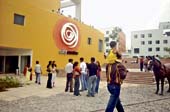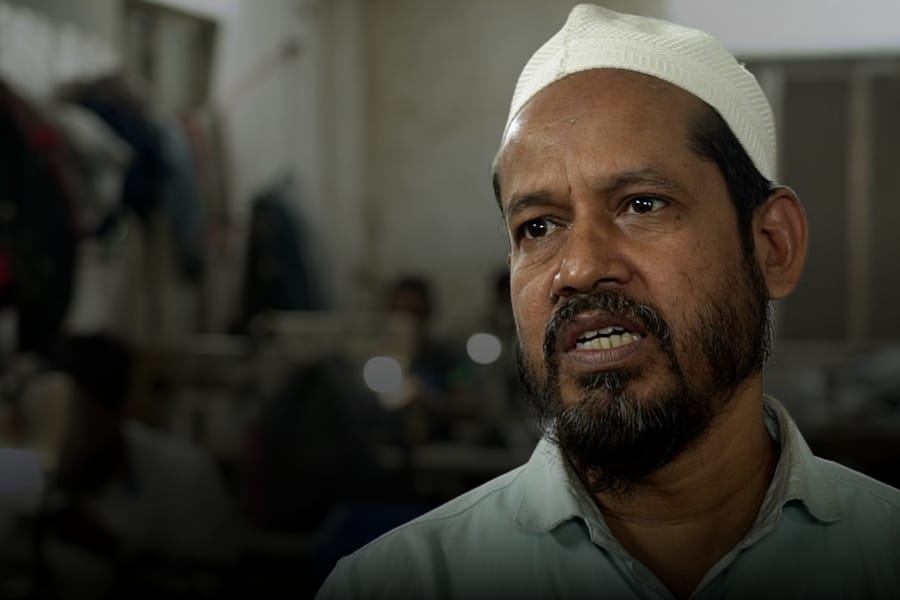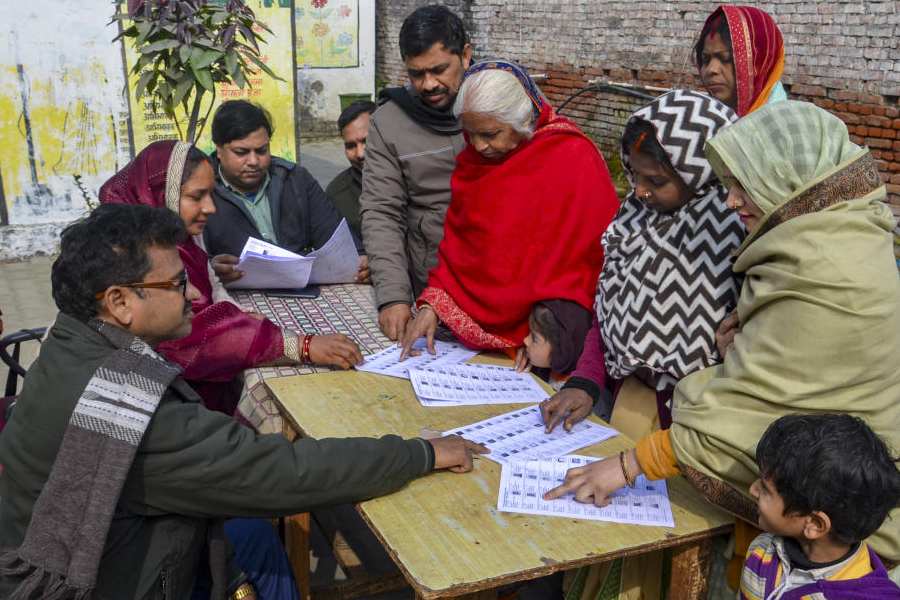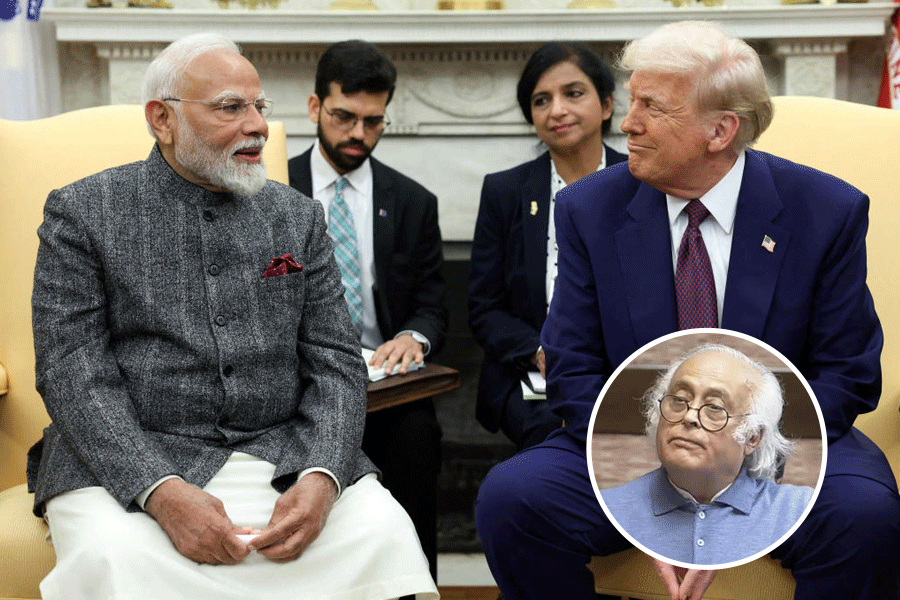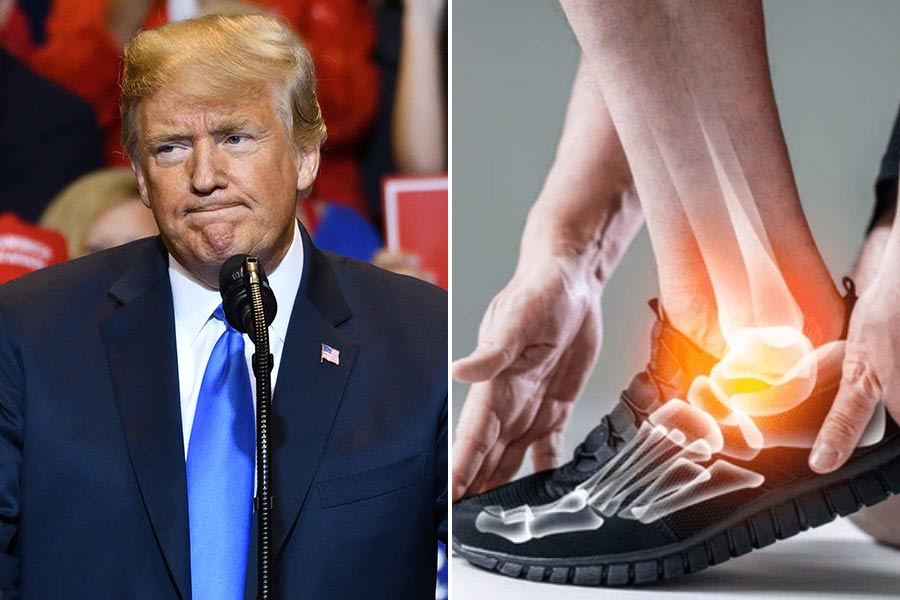 |
| City Centre has emerged as a magnetic destination in Salt Lake, energising the erstwhile sleepy township |
Did you feel claustrophobic or uncomfortable at the last grand sale at your favourite store in your preferred shopping mall? Was parking a huge headache, or the illumination inadequate? Or worse, you felt you just didn’t belong?
With the city firmly in the grip of ‘mall-eria’ and new arcades and ‘gallerias’ mushrooming right, left and centre, the need to get the planning, design and management of shopping centres right was never more imperative.
A three-day national seminar on shopping centres — The City Bubble — Bazaar and Built Environment, organised by think-tank body Centre for Built Environment (CBE), attempted to provide critical inputs on sustainable retail design, with senior architecture students and developers the core target audience.
“Our budding architects are struggling to keep pace with the speed at which new malls are coming up. Even established architects are often not well-acquainted with the guidelines formulated by the International Council of Shopping Centres for design of organised retail outlets,” said CBE president Santosh Ghosh.
Ghosh stressed on the need to address sick building syndrome (SBS), a situation in which building occupants experience “acute physical and mental distress”, linked to time spent in contaminated, crowded areas.
Referring to a WHO norm, which terms a building ‘sick’ if even 20 per cent of its footfall feels uncomfortable, Ghosh advocated redevelopment of old markets and transformation of warehouses and factories into shopping centres, “keeping the spirit of the market”.
Unmesh Kirtikar, architect and joint secretary, CBE, underlined the need to pick up “lessons” from such ancient milestones like the Grand Bazaar in Istanbul, the “mother of all covered marketplaces”.
He warned, unless there’s any control over indiscriminate development, “soon we will have to do adaptive reuse of derelict malls”.
City-based architect and urban designer Partha Ranjan Das, who worked on the ground with Charles Correa on City Centre, shared the design concept of the Salt Lake mall with the audience. “The strong point of the design is that it is created as a destination rather than a dedicated space for shopping,” he said.
From energy-saving and right illumination, to indoor air quality and building management systems, vehicular and pedestrian traffic outside and inside the mall as a major element in design — myriad issues were discussed at the conclave.
“Today, every developer realises the need to embrace new technology and best practices in safety and security because of international protocols which the leading brands insist on,” said Manoj Gupta, general manager — retail safety, Firepro Systems, Bangalore, providing building management services.
Economist and communications expert Robin Ghosh felt it was essential to study the economic and social impact of large retail chains on local shopping, retail employment, impact on local wages, poverty removal, social and civil well-being, city cost as also impact on consumers.
This is the first in CBE’s series of national seminars, according to Kirtikar.

